 |
 |
|---|
|
|
|---|
 |
 |
 |
 |
|---|---|---|---|
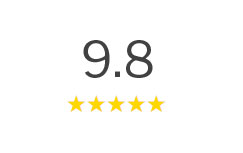 |
 |
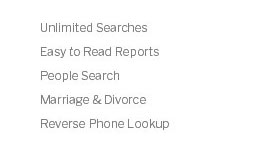 |
|
 |
|||
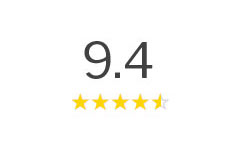 |
 |
 |
|
 |
|||
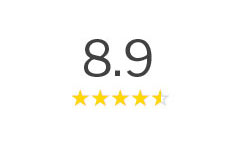 |
 |
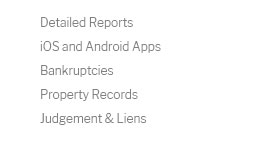 |
|
 |
|||

background report fundamentals for trustworthy decisionsWhat a background report includesA well-prepared background report compiles verifiable facts to help organizations and individuals make informed choices without relying on rumor or guesswork. It emphasizes accuracy, lawful use, and clear context.
Why it mattersConsistent, documented screening reduces risk, supports fair evaluation, and strengthens compliance. A rigorous process protects stakeholders while respecting privacy and the principle of proportionality. How to evaluate sourcesLook for transparent data provenance, recent updates, clear scope limits, and explicit consent procedures. Favor providers who explain methodologies and allow independent corroboration.
Used responsibly, a background report becomes a concise, auditable narrative that turns scattered records into reliable insight, supporting sound, defensible decisions.
|
|---|